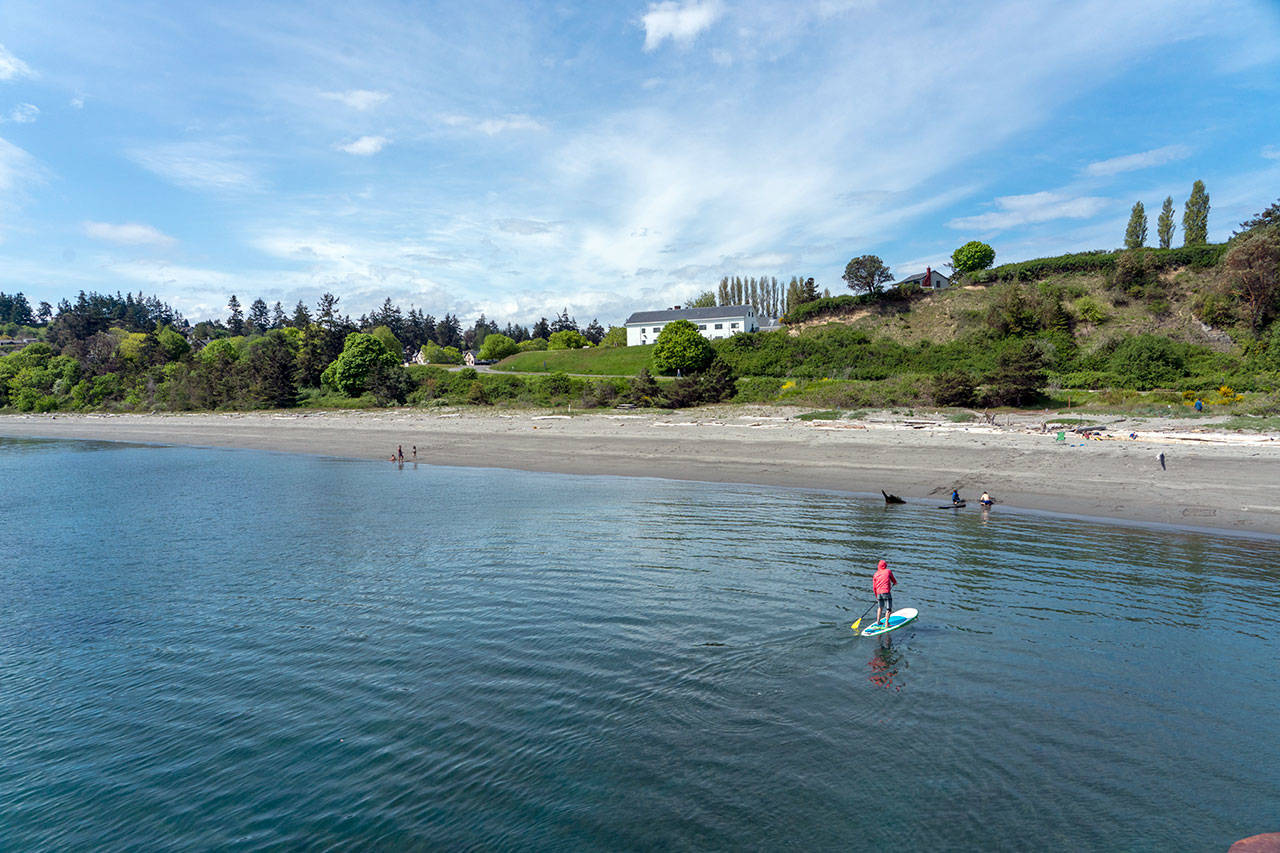The sun’s out. The rivers are flowing. And every weekend, you can count on a line of cars parked outside Flaming Geyser State Park, armed to the teeth with boats and paddles.
But Washington’s waterways can be as dangerous as they are beautiful. Since 2012, close to half of all boating fatalities in Washington state involved paddlecraft, according to the Black Diamond Police Department (BDPD), and interest in paddleboarding and similar recreational activity is on the rise.
So the BDPD is encouraging paddlers to consider the following safety tips as part of promoting the state’s Paddle Safe Week, which is July 18-24.
1. Know the laws around water sports. Consider reading the U.S. Coast Guard’s “Navigation Rules of the Road.” At a minimum, paddlers should take a course on safety, emergency procedure and navigation. Those classes are offered through clubs, outfitter, city and county agencies and online.
2. Wear a properly-fitted life jacket. State law requires all sea-faring vessels to have at least one for each person on board, and children aged 12 and younger are always required to wear them. Nationally, 79 percent of paddle-related fatalities from 2015 to 2017 involved drowning, BDPD said – and of those victims, 74 percent weren’t wearing life jackets.
3. Learn how to save yourself. Capsizing exposes you to cold water and potentially fatal risks, not to mention the loss of your gear. Paddlecraft have a higher risk of capsizing than other boats. Consider finding an instructor in order to practice hands-on training in case you lose control of your paddleboat.
4. Carry essential gear. State law requires boaters to carry a sound-producing device like a whistle, even on a stand-up paddleboard. A cell phone in a water-proof bag, a headlamp with extra batteries, a bilge pump, an extra paddle and sun protection are important, too. If you’re on coastal waters, consider a VHF marine radio.
5. Check the weather. Check conditions and forecasts frequently before and during your trip, paying attention to weather and wind, wave, tide and river flow forecasts. Get information and warnings from locals, and don’t try to navigate unsafe areas they may warn you of. The National Weather Service also broadcasts on marine band and standalone weather radios.
6. Respect cold water. A blazing sun doesn’t magically make the water warm. Even during hot weather, many of the waterways in Washington remain below 60 degrees all year. That’s a temperature range in which you’re at risk of cold-water shock. Avoid cotton and wear synthetic materials if you can’t get a wet or dry suit.
7. Keep the booze and weed at home. The water isn’t a place to drop your guard, and you must stay alert and maintain situational awareness. State Boating Under the Influence laws prohibit operating a vessel under the influence of alcohol or other drugs, including even kayaks, stand-up paddleboards and inflatable fishing rafts.
8. Stay visible. Paddlecraft sit low on the water and can be hard for other boaters to see. Wear bright neon and contrasting colors, put reflective tape on paddles, use a flagpole and carry a bright light.
9. File a plan in advance. Before you head out, share your intended route with someone else who isn’t going, including the names of everyone going, what time you’re leaving and returning, and what to do if you don’t return when expected. This basic routine can save your life or others’ in case emergency crews need to locate you and your friends.
10. Label your paddlecraft. When empty boats are found adrift, it’s often assumed someone is in danger and a search is launched. Calling the owner of an adrift paddleboard or canoe can prevent unnecessary searches. It can also save precious time for rescuers when someone actually is in danger. You can request a free “If Found” sticker from the U.S. Coast Guard Auxiliary at iffoundsticker@13cgaux.net.
Visit www.paddlesafewa.org for more information.


